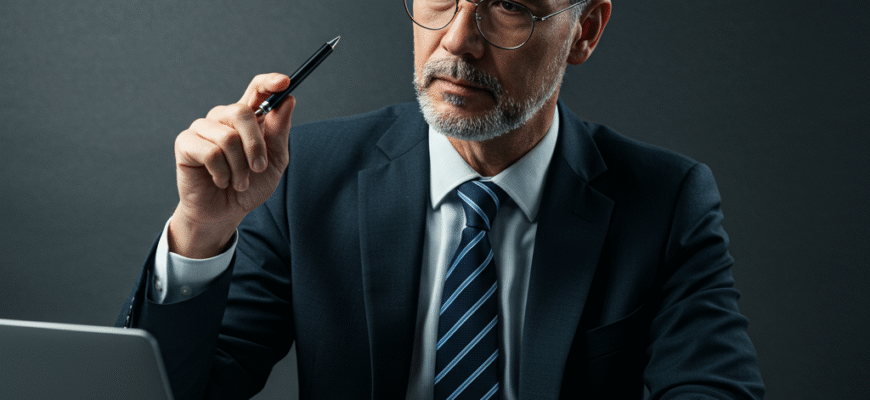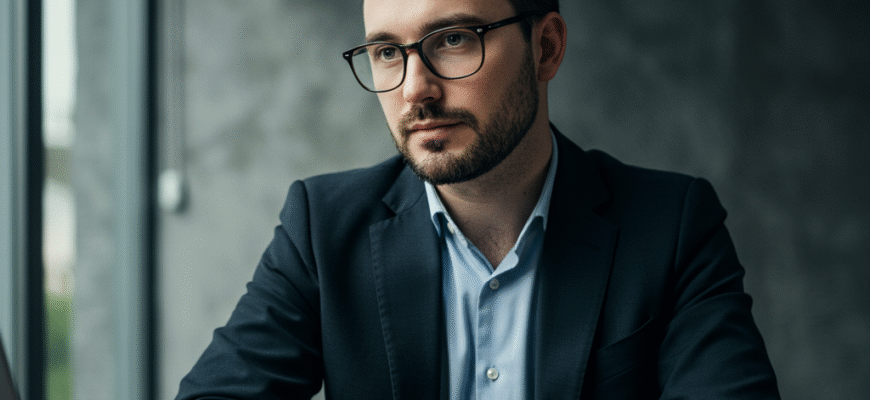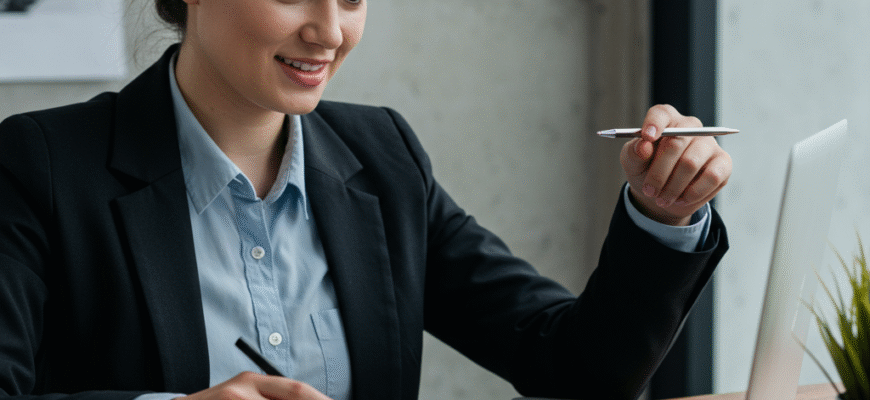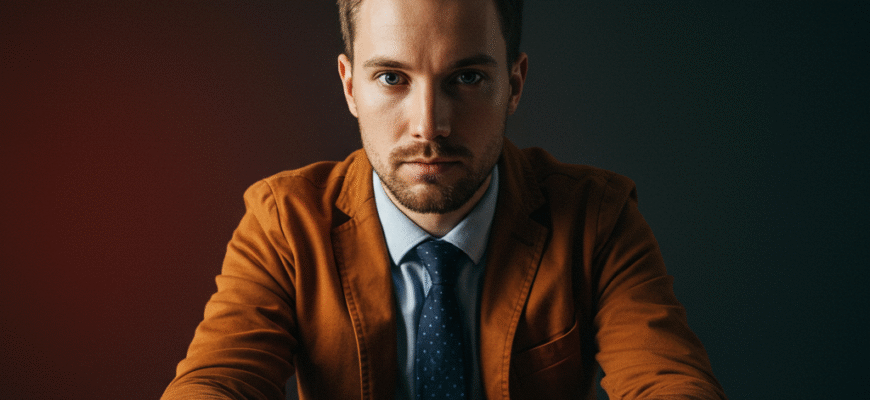Personal Growth
We live in an age obsessed with data. Numbers, metrics, algorithms – they promise objectivity, clarity, and the power to predict the future.
We all have it. That comfy, familiar space where things feel safe, predictable, and, well, easy. It’s our comfort zone. It’s the routine we know
Personal Growth
Let’s be honest, nobody leaps out of bed excited about tackling a difficult conversation. Whether it’s addressing underperformance with an
Forget the foosball tables and the free snacks for a moment. While perks have their place, what truly hooks the best and brightest minds in today’
Got a brilliant idea? That electric thrill of potential is intoxicating. But let’s be brutally honest: most brilliant ideas, left untested, quietly
Leading a team or an entire organization was never meant to be a walk in the park, but the terrain seems to be getting consistently foggier. Ambiguity isn’
We’ve all been there. Staring up at the sheer cliff face of a massive goal – writing a novel, running a marathon, learning a new language, transforming our health.
Let’s be honest, most brainstorming sessions feel like pulling teeth. You get a room full of people, someone writes a vague problem on a whiteboard
Ever feel like you’re adrift in a sea of choices, obligations, and expectations? One day blends into the next, and while you might be busy, there’
It feels like swimming against a tidal wave, doesn’t it? Trying to maintain focus in today’s world is a genuine battle. Notifications ping









